I have a set of small images. If I draw these images individually on canvas, the draw quality is significantly low, compared to the case where I draw them on a screen size large bitmap and draw that bitmap on the canvas. Specially the lines get distorted. See the below (right side).
From the code below, the canvas also supports zooming (scaling). This issue occurs on small scale factors.
Question is how to improve the draw quantity of multiple small images to the standard of large image.
This is a code of multiple bitmaps drawn on canvas
canvas.scale(game.mScaleFactor, game.mScaleFactor);
canvas.translate(game.mPosX, game.mPosY);
for (int i = 0; i < game.clusters.size(); i++) {
Cluster cluster = game.clusters.get(i);
canvas.drawBitmap(cluster.Picture, cluster.left,
cluster.top, canvasPaint);
}
This is the code for single bitmap, game.board is a screen size image which has all the small bitmaps drawn on.
canvas.scale(game.mScaleFactor, game.mScaleFactor);
canvas.translate(game.mPosX, game.mPosY);
canvas.drawBitmap(game.board, matrix, canvasPaint)
The paint brush has following properties set.` All bitmaps are Bitmap.Config.ARGB_8888.
canvasPaint.setAntiAlias(true);
canvasPaint.setFilterBitmap(true);
canvasPaint.setDither(true);`
